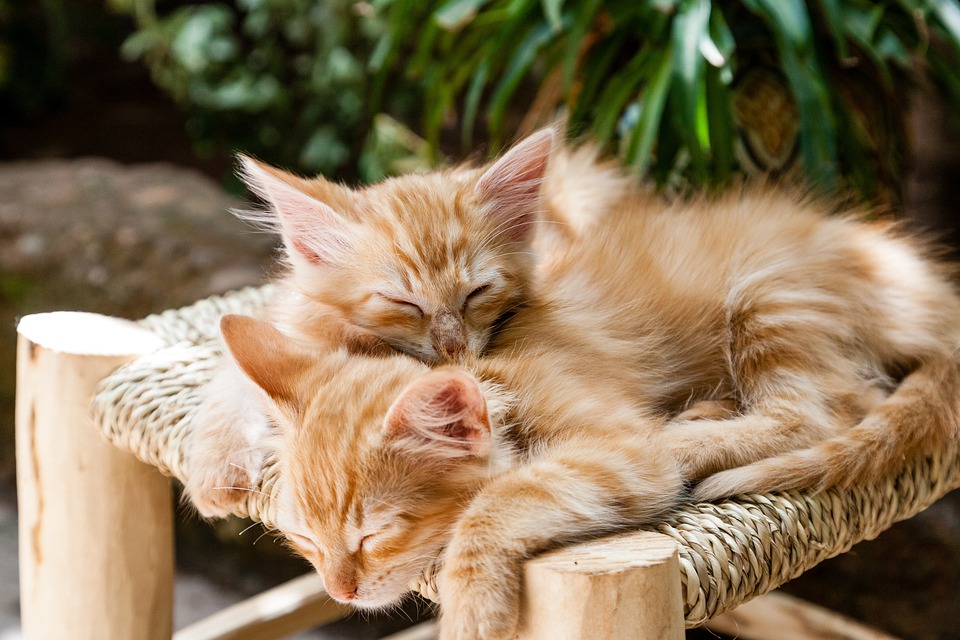Cats are curious and agile creatures, but they are not immune to injuries. From minor cuts and scrapes to more serious accidents, it’s important for cat owners to be prepared and knowledgeable about providing first aid to their furry companions. In this article, we will discuss common cat injuries and how to provide immediate care to ensure their safety and well-being.
Understanding Common Cat Injuries
1. Sprains and Strains: Cats can easily sprain or strain their muscles and joints, especially if they jump or climb frequently. Signs of a sprain or strain include limping, swelling, and reluctance to put weight on the affected limb.
2. Cuts and Lacerations: Cats can get cuts or lacerations from sharp objects or during fights with other animals. If your cat has a cut or laceration, try to stop any bleeding by applying gentle pressure with a clean towel or cloth. Clean the wound with mild antiseptic solution and cover it with a sterile bandage or clean cloth before seeking veterinary care.
3. Burns: Cats can accidentally come into contact with hot surfaces or liquids, resulting in burns. If your cat has a burn injury, flush the burned area with cool water for several minutes. Avoid using ice or cold water directly on the burn. Cover the burn with a clean, non-stick bandage and seek veterinary advice.
4. Fractures and Broken Bones: Cats may experience fractures or broken bones due to falls or accidents. If you suspect your cat has a broken bone, keep them as calm and immobile as possible. Use a towel or blanket to gently wrap the injured limb and prevent further movement. Seek immediate veterinary attention for proper diagnosis and treatment.
5. Eye Injuries: Cats’ eyes can be injured by foreign objects, scratches, or infections. If your cat has an eye injury, avoid touching or rubbing the eye. Instead, gently flush the eye with sterile saline solution or clean water. If the injury appears severe or your cat’s discomfort persists, seek veterinary help promptly.
6. Poisoning: Cats are curious creatures and may ingest toxic substances. If you suspect your cat has ingested something toxic, contact your veterinarian or a pet poison helpline immediately. Avoid inducing vomiting unless specifically instructed by a professional. Be prepared to provide information about the substance ingested and follow their advice promptly.
Providing First Aid for Common Cat Injuries
When providing first aid to your cat, it’s important to assess the situation, restrain and calm your cat, and follow appropriate treatment techniques for each specific injury. Here are some general guidelines:
– Assess the Situation: Determine the severity of the injury and whether immediate veterinary attention is required.
– Restraint and Calming Techniques: Use gentle handling techniques and consider using a towel or blanket to restrain your cat if necessary.
– Treating Sprains and Strains: Provide rest and restrict your cat’s movement. Apply a cold compress to reduce swelling if recommended by your veterinarian.
– Cleaning and Dressing Cuts and Lacerations: Clean the wound with mild antiseptic solution and cover it with a sterile bandage or clean cloth.
– Handling Burns: Flush the burned area with cool water and cover it with a clean, non-stick bandage.
– Immobilizing Fractures and Broken Bones: Use a towel or blanket to gently wrap the injured limb and prevent further movement.
– Treating Eye Injuries: Gently flush the eye with sterile saline solution or clean water. Seek veterinary help if needed.
– Responding to Poisoning: Contact your veterinarian or a pet poison helpline immediately and follow their advice.
Frequently Asked Questions (FAQs)
Q1: How can I tell if my cat has a sprain or strain?
A: Look for signs such as limping, swelling, and reluctance to put weight on the affected limb. You may also notice your cat vocalizing in pain or showing signs of discomfort.
Q2: What should I do if my cat has a cut or laceration?
A: First, try to stop any bleeding by applying gentle pressure with a clean towel or cloth. Then, clean the wound with mild antiseptic solution and cover it with a sterile bandage or clean cloth before seeking veterinary care.
Q3: How do I handle a burn injury on my cat?
A: Start by flushing the burned area with cool water for several minutes. Avoid using ice or cold water directly on the burn. Afterward, cover the burn with a clean, non-stick bandage and seek veterinary advice.
Q4: What can I do if I suspect my cat has a broken bone?
A: Keep your cat as calm and immobile as possible. Use a towel or blanket to gently wrap the injured limb and prevent further movement. Seek immediate veterinary attention to properly diagnose and treat the fracture.
Q5: How should I handle an eye injury in my cat?
A: It’s crucial to avoid touching or rubbing the eye. Instead, gently flush the eye with sterile saline solution or clean water. If the injury appears severe or your cat’s discomfort persists, seek veterinary help promptly.
Q6: What should I do if I suspect my cat has ingested something toxic?
A: Contact your veterinarian or a pet poison helpline immediately. Avoid inducing vomiting unless specifically instructed by a professional. Be prepared to provide information about the substance ingested and follow their advice promptly.
Conclusion
While we hope your furry friend never experiences any injuries, being aware of common cat injuries and knowing how to provide first aid can make a significant difference in their recovery. Remember, it’s always important to consult with a veterinarian for proper diagnosis and treatment after providing initial first aid care. By being prepared and acting swiftly, you can help ensure your cat’s well-being and potentially save their life.








